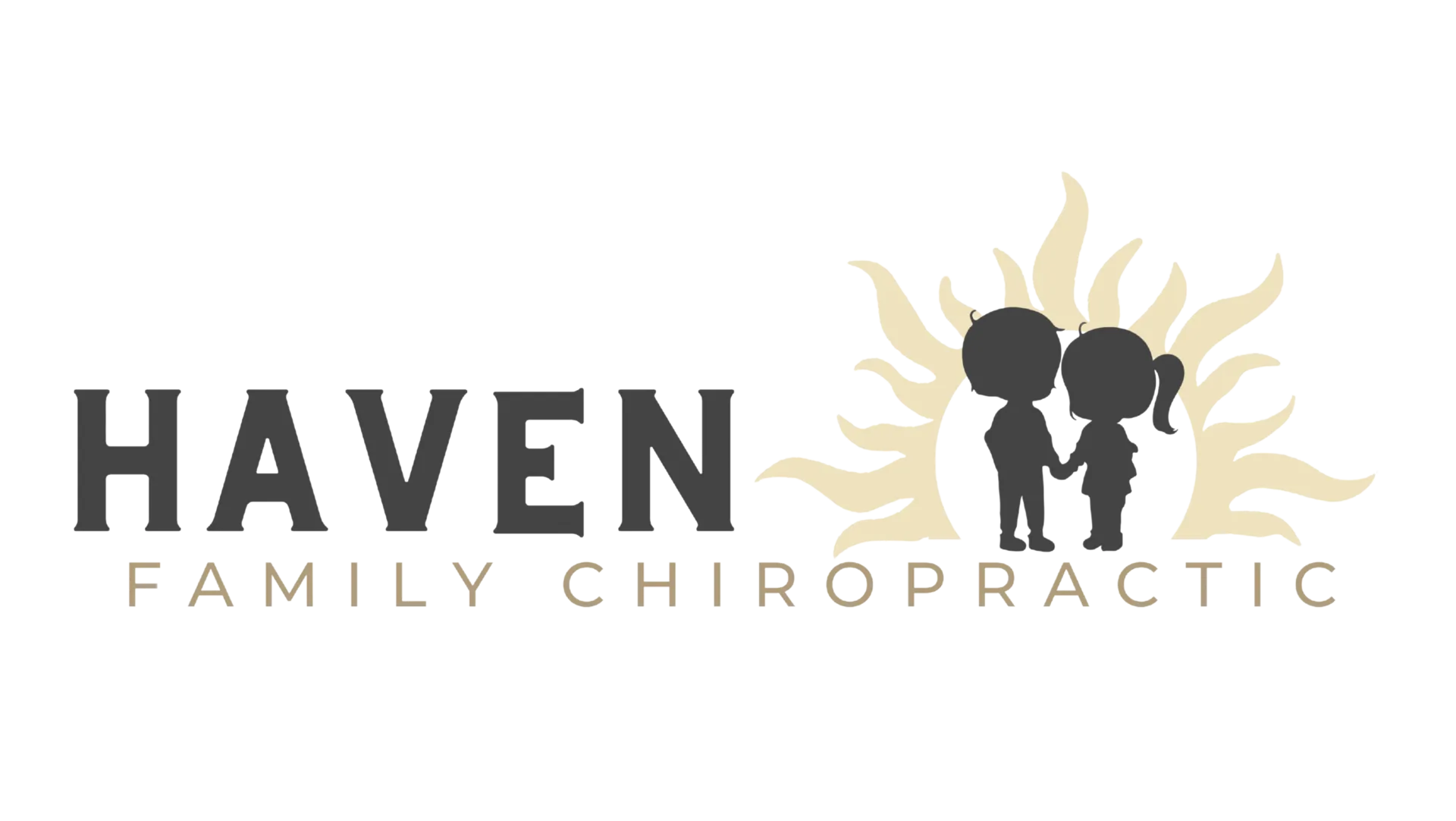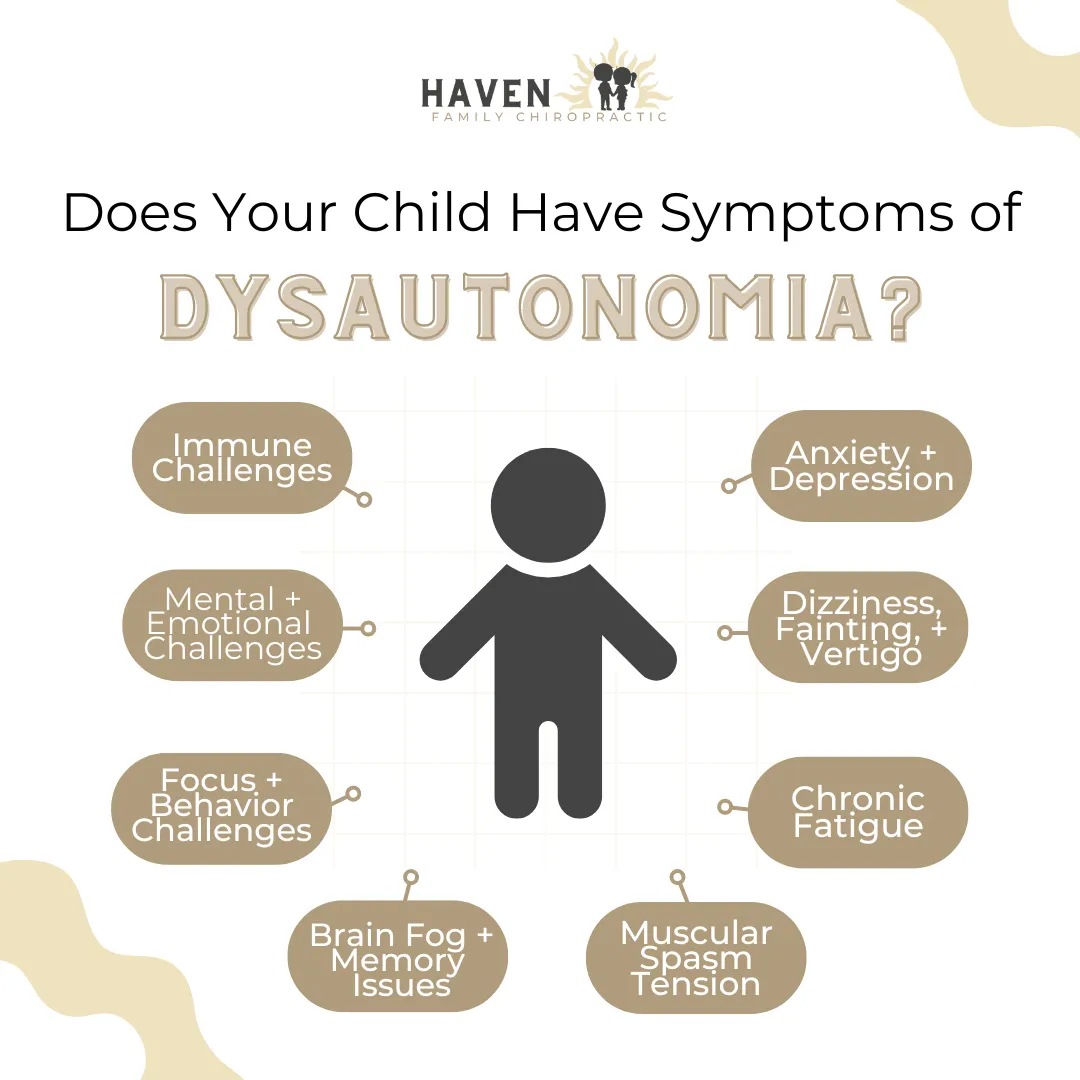What Causes Dysautonomia?
One word – stress.
We live in a world absolutely overrun by stress, and simply put, consistent exposure to stress is the leading cause of dysautonomia. But the story of stress is not just for us adults and parents. Our kids are exposed to more stress, tension, toxicity, and anxiety than ever before. And they are exposed to it earlier than ever before.
We have been teaching parents and other practitioners about the serious role that stress and dysautonomia play in our kids’ health called the Perfect Storm Workshop. That workshop focuses entirely on the role that prenatal distress, birth trauma, and early exposure to toxins play in leaving our children in a chronic state of dysautonomia.
The presentation goes through exactly what I will here in this article:
- What triggers and causes dysautonomia
- What symptoms and conditions are caused by dysautonomia
- How to measure and find out if you or your child have dysautonomia
- How to care for and improve dysautonomia without the use of drugs and medications
For our kids, dysautonomia sets in early with maternal stress during pregnancy. The first thing to develop in-utero is the brain and autonomic nervous system. So if our mothers are left in a constant state of distress and anxiety, it dramatically increases the likelihood of the infant’s brain and nervous system being shifted toward an imbalanced state as well.
The next primary trigger of dysautonomia is birth intervention and trauma (forceps, vacuum extraction, induction, C-section, etc). We won’t go into detail here as we do in other articles and videos, but in short, this sort of physically traumatic birth disrupts the function of the brainstem and upper cervical spinal cord regions, leading to dysautonomia.
Those areas are the “air traffic control center” for the autonomic nervous system and specifically where the vagus nerve is located. The brainstem and vagus nerve are responsible for the vast majority of autonomic regulation and control. So when they are stressed and subluxated at birth, dysautonomia immediately sets in. Subluxation is a chiropractic term that correlates with dysautonomia and neurological interference.
For an infant, dysautonomia most commonly disrupts the primary functions that are needed for optimal health — eating, sleeping, pooping, and motor development. As a result, the symptoms of dysautonomia in an infant are most commonly diagnosed or labeled as colic, reflux, and constipation.
Symptoms of Dysautonomia
Dysautonomia, a complex condition impacting the autonomic nervous system, manifests through a diverse array of symptoms, deeply affecting individuals’ daily lives. This condition, which controls vital body functions, can lead to a myriad of challenges when it malfunctions.
Common symptoms of dysautonomia include:
- Immune and Autoimmune Disorders: Indicating a compromised system struggling to defend the body effectively.
- Mental and Emotional Health Issues: Such as anxiety and depression, reflecting the interconnection between the nervous system and mental well-being.
- Cognitive Difficulties: Including brain fog and memory issues, disrupting focus and engagement in daily activities.
- Physical Manifestations: Muscular spasms, tension, weakness, and chronic fatigue, significantly diminishing quality of life.
- Dizziness, Fainting, and Vertigo: Adding to the physical challenges faced by those affected.
These symptoms collectively paint a picture of a condition that profoundly impacts every aspect of an individual’s health, necessitating a comprehensive and empathetic approach to care and management.
Do Children Grow Out Of Dysautonomia?
This is where parents’ frustrations really hit a fever pitch, hearing their pediatrician dismiss their child’s struggles as “normal” and tell them, “Don’t worry. They’ll grow out of it.”
We’ve seen the exact opposite over the last 15 years. Infants and young children struggling with dysautonomia do not grow out of it. Instead, they grow into speech and motor delays, sensory processing disorder, ADHD, and other challenges such as autism spectrum disorder, autoimmune conditions, and chronic gut issues.
While dysautonomia may feel like chronic pain and fatigue in adults, in kids, it’s much more easily missed because so many of their common struggles have been normalized and dismissed.
That is why it’s typically quite exciting for parents to learn about things such as dysautonomia and subluxation. Because they finally have some answers and an explanation as to why their child struggles each day with such a multitude of symptoms, they can now work with their PX Doc to formulate a care plan to address the dysautonomia and get their child healing with drugs and medication!
Caring For Children With Dysautonomia
Traditional medicine will state that there’s usually no cure for dysautonomia, which can be very frustrating for parents to hear and will generally suggest taking medications such as fludrocortisone and midodrine to increase blood pressure and alter other physiological functions.
The good news is there are ways to care for dysautonomia to make symptoms more manageable and improve a child’s balance and function in the autonomic nervous system without the use of medication. Dysautonomia care aims to reduce symptoms enough so a child may be able to strengthen and physically condition their bodies. Our PX Docs Network focuses on caring for dysautonomia without traditional medications and, most importantly, seeks to get to the root cause of triggers of dysautonomia.
Natural Solutions and Care for Dysautonomia
First, it’s crucial not just to base things on symptoms as traditional medicine does but to test and measure for dysautonomia.
This is exactly why our PX Docs Network uses an incredible piece of technology called the INSiGHT Neurological Scanning System in their offices. These scans are designed to track, measure, and quantify dysautonomia.
Three (3) separate scans are run on each patient for dysautonomia:
- NeuroThermal Scans — using infrared temperature analysis to find and measure dysautonomia
- NeuroSpinal EMG Scans — measure motor and postural function and exhaustion related to dysautonomia.
- Heart Rate Variability (HRV) — measures overall autonomic function, adaptability, and resiliency
Patients struggling with dysautonomia can find out if their case is mild, moderate, or severe using the INSiGHT Scanning Technology. And even more importantly, these scans allow PX Docs to build a customized, personalized care plan designed to restore function and balance to the autonomic nervous system.
The HRV scan is by far the most helpful for patients suffering from dysautonomia and is the gold standard in assessing and tracking the effectiveness of care. Far more advanced than traditional blood pressure or heart rate analysis, HRV is a technology that can measure the exact amount of imbalance or dysfunction within the nervous system to help us better understand your child’s dysautonomia.
One important thing for parents and providers to know when caring for patients struggling with dysautonomia is that we must first address the “basics” and get things like digestive motility, sleep, immune function, and motor function healthy and back “online” first.
Helping the nervous system heal naturally has to happen in the same “order” or sequence that optimal neurological development is supposed to occur. Our PX Docs Network of incredible Pediatric Chiropractors knows that before we can expect improvements in brain-based challenges such as seizures and anxiety, we must first get to work on the patient’s digestion, sleep, immune function, and motor system.
What Makes a PX Doc Different
While it’s always been known that chiropractic care can improve neurological function, our PX Docs take that much further. The entire focus of our care is addressing subluxation and dysautonomia and restoring balance and function to the autonomic nervous system.
Not only do our exam and scanning technology focus on dysautonomia, but so do our adjusting technique and approach. We measure and assess for dysautonomia on each and every visit, and each adjustment is designed for these two crucial things every time:
- Release and calm the excessive sympathetic response (fight-or-flight) from dysautonomia
- Boost and stimulate a vagal nerve and parasympathetic response (rest, digest, and heal)
Visit our PX Docs Directory right away to connect with a Care Advocate and book your New Patient Consult and Scans today! Once you know the exact amount of dysautonomia your child is struggling with, you can get an exact plan to restore and rebalance immediately!
Our kids are designed to heal and are darn good at it. Even if your child has gone through each step of the Perfect Storm and has struggled since early on, that can change. Click, call, and book today!

